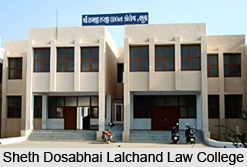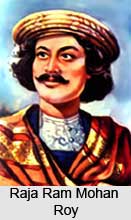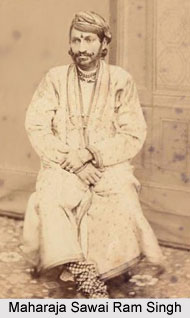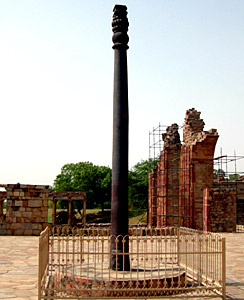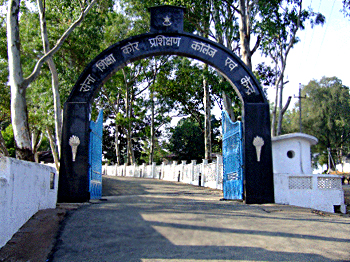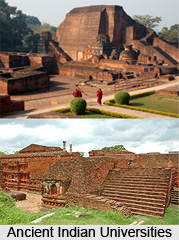 The education system in India is considered to be one of the largest and most ancient ones in the world. The history of the education system in India dates back to the first centuries, when the young children were taught in the Gurukuls and the Guru-Shishya system was the most common means of education. After that the famous universities like Nalanda, Takshashila, Ujjain and Vikramshila came into existence and enhanced the scope for the students. The Mughal period saw the inception of Madrasahs in the education system in India. In the modern times, there are numerous schools, colleges, universities and other institutions in India that are continuously providing education to the students.
The education system in India is considered to be one of the largest and most ancient ones in the world. The history of the education system in India dates back to the first centuries, when the young children were taught in the Gurukuls and the Guru-Shishya system was the most common means of education. After that the famous universities like Nalanda, Takshashila, Ujjain and Vikramshila came into existence and enhanced the scope for the students. The Mughal period saw the inception of Madrasahs in the education system in India. In the modern times, there are numerous schools, colleges, universities and other institutions in India that are continuously providing education to the students.
The education system in India is divided into different stages or levels. The stages are classified as the pre-primary level, primary level, elementary education, secondary education, undergraduate level and the postgraduate level. The primary or the elementary education is the foundation of the education system in India, as the children are given eight years of schooling during this period. After completing the elementary education, the students get into the secondary level.
The undergraduate and postgraduate levels constitute the higher education. In this stage, a student chooses his/her most favourite subject in which he/she is intending to pursue career. The students also put on lots of efforts to be successful in this stage. They are taught the skills and knowledge needed for them to be successful while working in different professional environments, in this stage. The students also get into different professional courses at this level and the courses help them to be in a better position.
The nicely segmented and well organised education system in India has been working wonderfully and producing well educated people in India, for the past several years.

